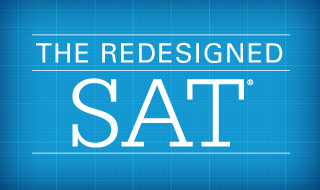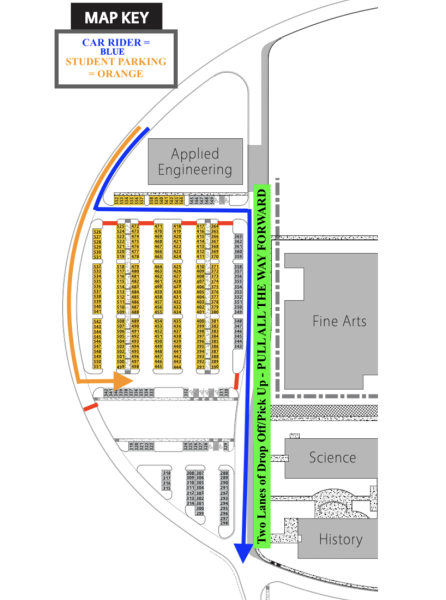SAT receives makeover

March 1, 2016
Over the years, two giants have stood at the top of standardized tests: the ACT and the SAT – not unlike how DC and Marvel hold precedence over the comic book realm or Disney and Dreamworks over animated films.
The two have formed a rivalry of sorts, with each of the tests being preferred over the other in different areas. If one wishes to attend a high-standard college up north, the SAT is his or her best bet. In the South, the ACT is the most requested.
This has been changing, however, going out of the SAT’s favor.
As time has gone on, the ACT has continued to improve and streamline itself, making itself accessible, but still challenging enough to accurately gauge a student’s critical skills. On the other hand, the SAT has remained fairly static over the years, and is now beginning to reap the consequences.
In recent years, the number of students registering to take the SAT has begun to drop off due to the large amount of criticism being hurtled toward it and a steadily growing preference of the ACT nationwide.
The ones behind the SAT are looking to change that.
Slated for March 2016, rippling changes have been decided for the SAT – some small, some large. These changes have been made in order to modernize the test and bring it closer in level of accessibility to the ACT.
Some of the most minor changes, such as the removal of penalties for wrong answers, make a huge shift in students’ perception of the test. This means that when students take the test they can make guesses in order to score a few more potential points without the possibility of heavy penalties.
“Just like the ACT,” says Walter Freeman, the test prep teacher at OHS, “don’t leave any questions unanswered.”
The number of answer choices have dropped from five to four, which gives students who might be having trouble with a question a greater chance of getting the answer correct. To cite the Paradox of Choice, the reduction might also lead to decreased stress for students.
A wider change to the test comes in the form of certain sections being made optional or combined. The essay portion is now an optional section, another similarity to the ACT, and Reading and Writing have been collapsed into one section.
The complexity and diction choice of the vocabulary selected for the English section has now been changed to reflect more on words that one would use in everyday life.
“The words that used to be on it were sort of archaic,” says OHS Assistant Principal Paul Ross. “It was more like the test makers were trying to purposefully find words that kids would not know. Now it’s ones that are said on a day-to-day basis.”
Another change to the English section and partially to the test as a whole, the test has shifted its focus to primarily value critical thinking and reasoning skills. Even with the simplified diction, passages will involve complex questions that require more mental structure to answer than in the past, with there being multiple steps to reach the answer on many questions.
“It’s not going to be as black and white now,” says Ross.
Finally, the scoring system has been altered. Instead of grading on a scale from 600 to 1240, the new SAT’s scoring will go from 400 to 1600. The expected median score is 1000 and a good score (75th percentile) is estimated to be around 1150.
Along with the changes to the test, many new benefits for students have also been introduced.
CollegeBoard, which compiles much of the SAT information for OHS, has started a new program – AP Potential. Once a student is scored on the test, statistics are provided relating to an estimated potential for AP classes.
Depending on how well the students perform on a section of the test, a percentage is given to students on how likely it is for the student to pass on the AP Exam (make a 3 or above) for the said class.
“Administrators can now help students sign up for classes that they would do well in and stay away from ones that they might do poorly in,” Ross said.
The SAT has also now teamed up with Khan Academy, a site that gives lessons and review tests on subjects, and has given them exclusive access to SAT functions. With the union, Khan Academy now gives out a free downloadable SAT practice test and uses personalized lessons to help students improve their scores.
Whether one perceives the changes to the SAT are sincere efforts to benefit itself or just it trying to copycat after the ACT, the alterations made have immensely helped to give the test a broader appeal and provide meaningful, lasting benefits to students that might help them later in their school life.













